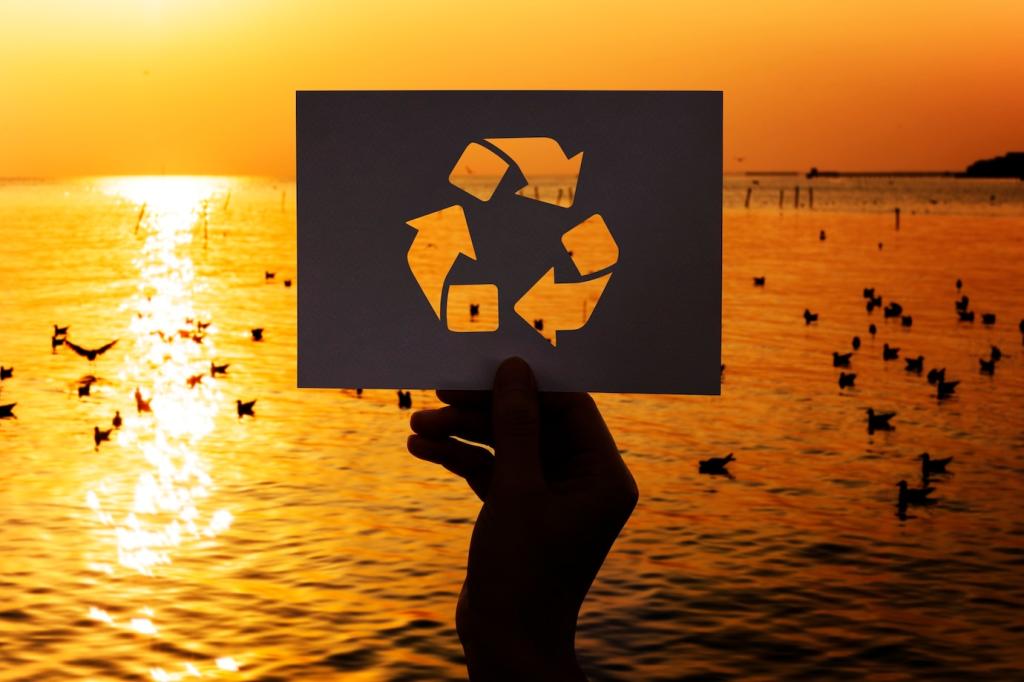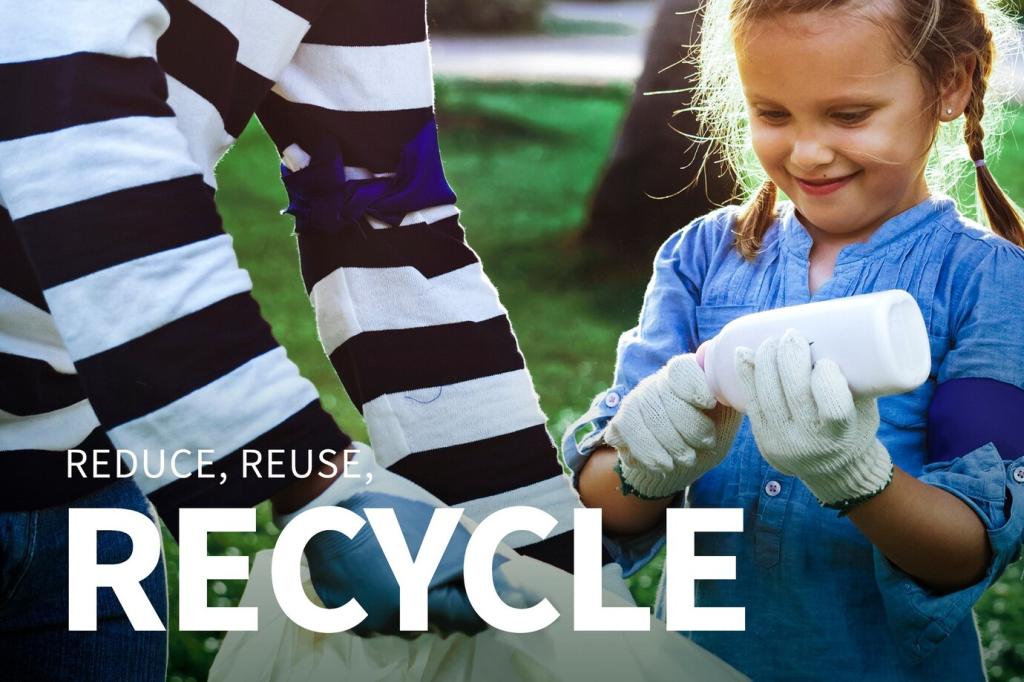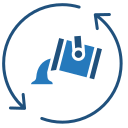Latest Trends in Textile Recovery: Reclaim, Recycle, Reimagine
Chosen theme: Latest Trends in Textile Recovery. Explore how innovators, makers, and communities are transforming discarded fabrics into valuable resources through smarter design, advanced recycling, and heartfelt collaboration.
Fiber-to-Fiber Breakthroughs You Need to Watch
New facilities are converting polyester and polyamide waste back into near-virgin monomers, enabling high-quality yarn without fresh fossil inputs. Brands trial blended streams, while traceability safeguards quality. Share your questions below and tell us which fabrics you want to see truly circular next.

Smart Sorting and Traceability Transform Collection
01
Facilities deploy near-infrared scanners and AI vision to distinguish fiber types, colors, and contaminants in seconds. Faster, cleaner streams boost recycler yields and reduce costly mistakes. Have you visited a sorting hub? Tell us what surprised you most about their technology.
02
Passports link garments to fiber composition, dye chemistry, and care history, making end-of-life routing far more precise. Scannable labels help sorters and consumers alike. Join our newsletter to see open standards, interoperability updates, and brand pilots as they launch.
03
One municipal trial added smart drop points in transit stations, then routed items to AI-enabled sorting within forty-eight hours. Recovery rates rose, contamination fell, and residents felt proud of visible progress. Share your city’s best collection ideas to inspire others.

Single-fiber garments simplify recycling and preserve material value. Designers are minimizing mixed elastics, switching to compatible zippers, and aligning buttons with planned recycling routes. Follow us for practical designer checklists and printable spec tips you can try today.

Heat- or water-soluble stitching enables quick deconstruction at sorting hubs, separating panels within minutes. Paired with snap-in labels, garments reach fiber-to-fiber recyclers in cleaner streams. Comment if your team has tested disassembly features and what held you back.

Garment care tags now include recycling symbols, local drop-off maps, and QR links to repair tutorials. When customers know the pathway, recovery rates rise. Tell us which labels you trust and whether clear instructions change your end-of-life habits.
Extended Producer Responsibility Takes Shape
Regions are rolling out extended producer responsibility, funding collection, sorting, and recycling infrastructure. Separate textile collection deadlines are approaching, pushing brands to plan now. Subscribe for policy briefs to stay ahead of compliance and funding opportunities.
Take-Back, Resale, and Guaranteed Pathways
Retailers pair in-store take-back with verified recyclers, while resale captures value before fiber recovery. Contracts guarantee off-take, reducing risk for recyclers. Share your favorite take-back experience and what would convince you to return more garments.
Procurement That Rewards Recycled Content
Large buyers are setting minimums for recycled fiber and asking for traceable proof. These commitments stabilize demand and unlock scale. Join our community to access templates for supplier questionnaires and recycled content verification.
Regenerative Chemistry and Bio-Based Paths
Targeted enzymes can separate cotton from polyester blends, preserving both streams for higher-value reuse. Labs report lower energy inputs and fewer harsh solvents. Tell us which blends you struggle with, and we’ll feature practical pilot learnings next week.
Repair Clubs, Mending Nights, and Pride
Local groups are teaching visible mending, turning fixes into fashion statements. Longer garment life delays recycling until the right moment, preserving quality. Share photos of your latest repair and inspire someone to keep a favorite piece in circulation.
Apps, Rewards, and Honest Nudges
Apps guide users to nearby drop points, track recovered items, and offer credits toward recycled-content products. Transparent progress bars show collective impact. Would a deposit on garments change your behavior? Tell us your take in the comments.
Storytelling That Makes Recovery Personal
When a customer learns their sweater became fresh yarn for a local brand, recovery becomes emotional, not abstract. Stories build loyalty and repeat participation. Subscribe for monthly behind-the-scenes features and help us spotlight your community’s efforts.
